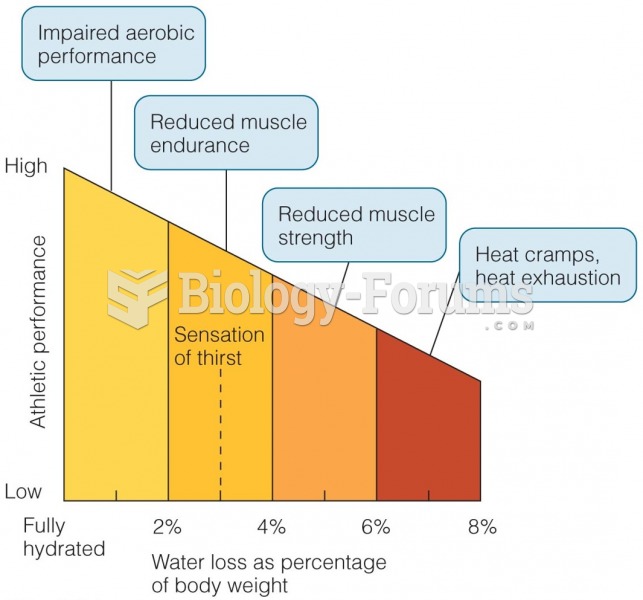Answer to Question 1
Matias's estimated energy needs are 25-30 kcal/kg or 1865-2250 kcal/day, and it is estimated that carbohydrates should provide 50-60 of kcalories, depending on the individual and his or her personal lipid profile.
0.50 x 1875-2250 kcal = 938-1125 kcal from carbohydrates / 4 kcal/g = 234-281g of carbohydrates. To determine the number of carbohydrate choices per day: 234-281 g / 15 g carbs = 15-18 choices/day.
For Matias, the ICR was determined to be 17 g of carbs to 1 unit of insulin. Therefore, it could be determined that 234-281 g / 17 g carbs = 14-17 carb choices
Provide Matias written materials for carbohydrate counting along with sample meal plans or a food diary to assist in tracking his diet and blood glucose readings. Provide resources for CHO counting including label reading, eating out in restaurants, computer or Smart Phone applications.
Answer to Question 2
Energy: 25-30 kcal x 75 kg = 1875-2250 kcal (American Chest Physician's Equation)
Protein: protein ranges from 15-20 of daily calories. 0.15 x 1875 = 281 kcal / 4 kcal/g = 70 g protein, 0.20 x 1875 kcal = 375 kcal / 4 kcal/g = 94 g protein. Used the lower kcalorie range to maintain weight, since BMI is normal but on the upper end of the normal range. Therefore, protein needs range from 70-94 g/day.
Standards for this estimation were from the ADA guidelines that indicate that protein, carbs, total fat, sat. fat, cholesterol, fiber, vitamins, and minerals for diabetics are the same as for the rest of the population. If nephropathy is an issue, then protein needs are potentially decreased by10.
I would recommend that the patient maintain his current weight. His BMI of 23 is within the normal range. At this point, he should try to normalize his blood glucose values.







